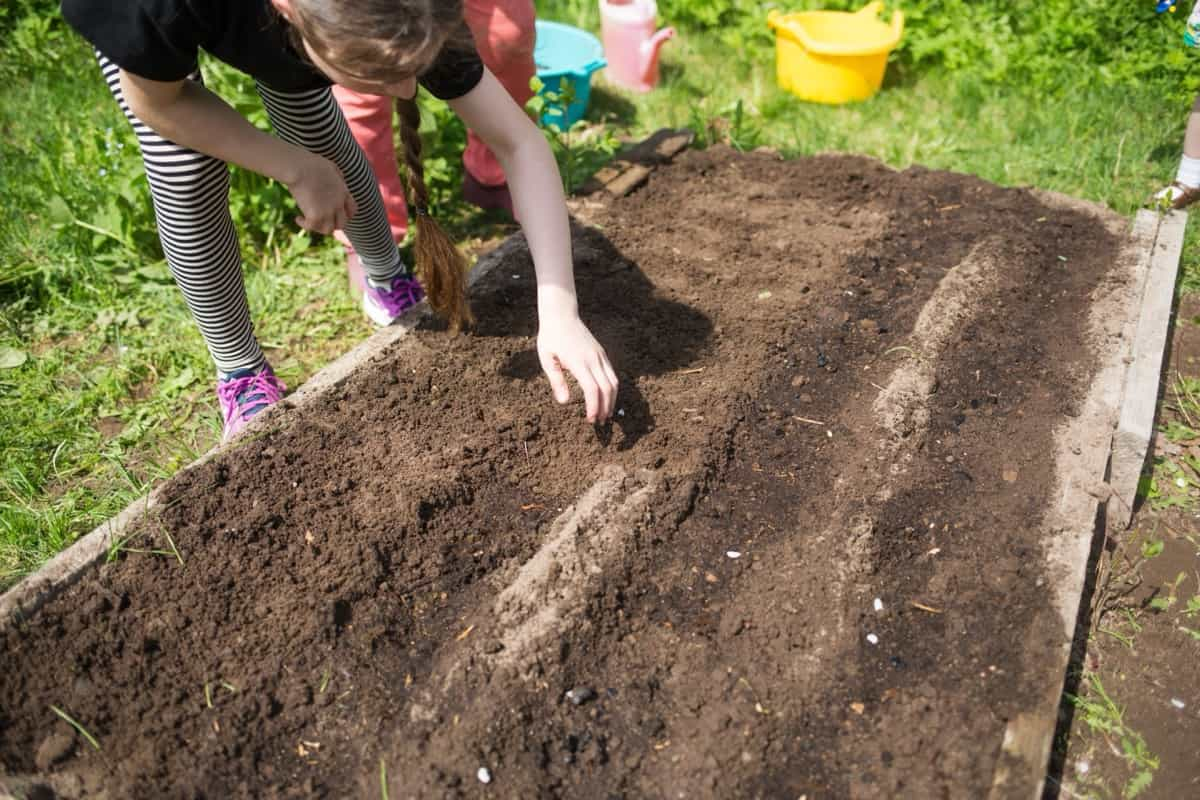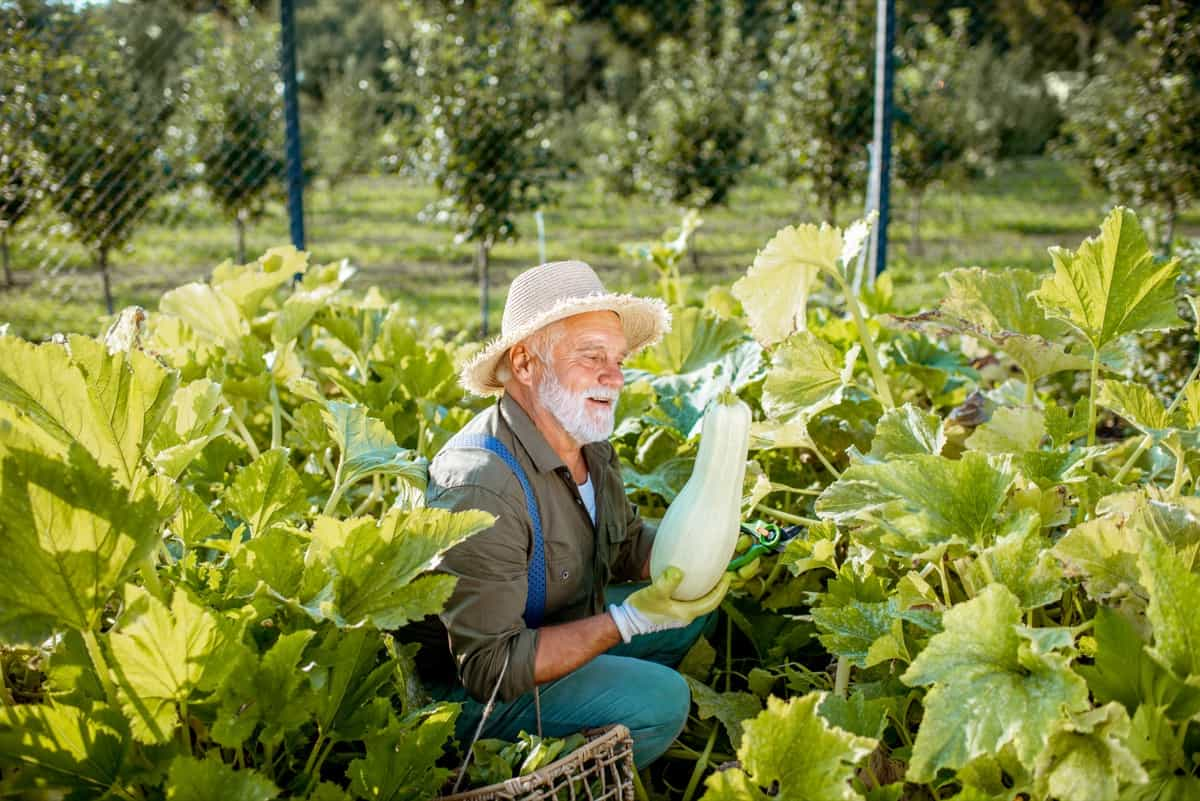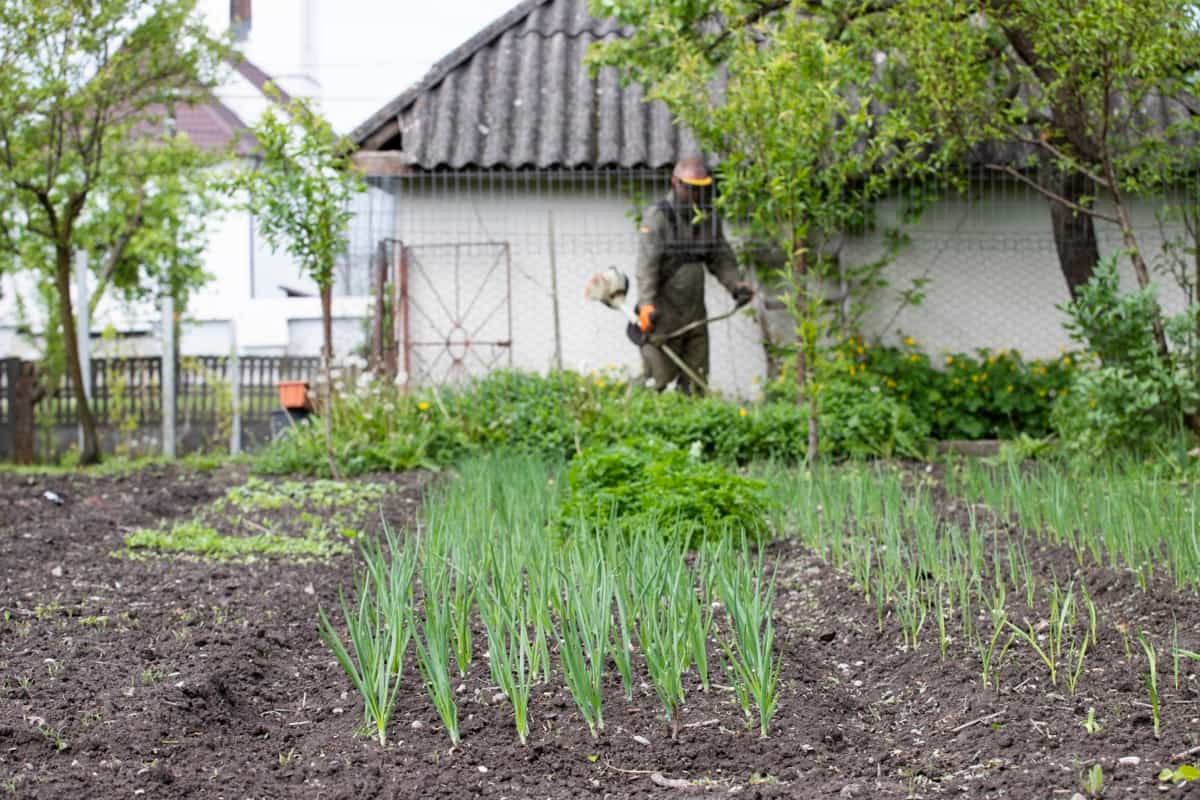Spring vegetable gardening involves cultivating crops that thrive in the milder temperatures of spring. Common choices include lettuce, radishes, peas, and spinach. Begin by preparing well-drained soil and enriching it with compost for nutrients. Ensure the garden receives at least 6-8 hours of sunlight daily.

Start seeds indoors or else directly sow them in the ground based on the plant’s specific requirements. Water them, keeping the soil evenly moist but not soggy. Protect young plants from late frosts with covers. Regularly monitor for pests and diseases, addressing them promptly. Harvest when vegetables reach maturity for the best flavor and texture.
How to Plant a Spring Vegetable Garden in 10 Steps
Choosing the Right Location for Your Spring Vegetable Garden
Selecting the right location is pivotal for a successful spring vegetable garden. Opt for an area with ample sunlight, ideally receiving 6-8 hours daily. Ensure it’s shielded from strong winds that can damage delicate young plants. Good air circulation is vital to prevent moisture-related issues. The chosen spot should have well-draining soil to prevent waterlogging, which can harm roots.
Avoid areas prone to standing water or low-lying spots that accumulate frost. Accessibility to a water source is also crucial for regular irrigation. Consider proximity to your home for convenience and any local zoning restrictions. Lastly, evaluate the space for potential growth, as plants may require more room than initially anticipated. With careful consideration, your spring vegetable garden will thrive.
Preparing the Soil for a Successful Spring Vegetable Garden
Prepare your soil for spring vegetable gardening by first removing any debris and weeds. Test the soil’s pH level and amend it to the desired range, typically between 6.0 and 7.0, with lime or sulfur. Enrich the soil with vermicompost or well-aged manure to improve its fertility and drainage. Use a garden fork or tiller to work these amendments into the top 4-6 inches of soil. Break up clumps and create smooth, level beds for planting. This well-prepared soil provides a healthy foundation for your spring vegetables.
Selecting the Best Vegetables for Spring Planting
Choosing the right vegetables for spring planting is essential for a successful garden. Opt for cool-season crops that thrive in the milder temperatures of spring. Some excellent choices include lettuce, spinach, peas, radishes, carrots, broccoli, and cauliflower. These vegetables tolerate cooler nights and can withstand a light frost. Consider the local climate and frost dates when selecting your varieties. Early-maturing varieties are often preferable for spring planting as they yield quicker results.
In case you missed it: When to Prune Roses in North Carolina: Time to Cut Back and Trim for Winter, Summer, Fall, Spring

Additionally, take into account your garden space and available sunlight. Leafy greens like lettuce and spinach can thrive in partially shaded areas, while root vegetables like carrots and radishes need full sun. Plan your garden layout accordingly and consider the recommended spacing for each crop. You can enjoy a bountiful spring vegetable harvest with careful selection and planning.
Starting Seeds Indoors for Your Spring Vegetable Garden
Begin your spring vegetable garden by starting seeds indoors. Use seed trays or pots filled with a quality seed-starting mix. Sow seeds at the recommended depth and spacing, as indicated on seed packets. Maintain a consistent temperature (usually between 18-24°C) and provide adequate light from a sunny window or grow lights. Keep the soil moist but not waterlogged, and consider using a misting spray to prevent surface drying. Once seedlings have developed a couple of true leaves, transplant them into larger pots if needed.
Transplanting Seedlings into Your Spring Vegetable Garden
When your seedlings are ready, transplant them into your prepared garden beds. Ensure the last frost date has passed for the chosen crops. Dig holes or furrows in the garden at the appropriate spacing for each type of vegetable. Carefully remove seedlings from their containers, preserve the root system, and place them in the holes at the same depth as in their containers. Gently pat the soil around the seedlings and water thoroughly. Provide temporary shade or covers to protect the young plants from harsh sun or unexpected cold spells.
Implementing Proper Watering Techniques in Your Spring Vegetable Garden
Proper watering is crucial for spring vegetable success. Water deeply to keep the soil consistently moist but not soggy. Early morning is often the best time to water, allowing foliage to dry before evening, reducing the risk of disease. Use soaker hoses or install a drip irrigation system to water directly to the root zones, minimizing evaporation and wetting leaves. Mulch around the plant base to retain soil moisture and deter weeds.
Be vigilant about checking the soil moisture level, as spring weather can be unpredictable. Adjusting the watering frequency depends on weather conditions, with less water during rainy periods and more during dry spells. Avoid overhead watering, which can promote fungal issues, and aim to water at the base of plants for healthier growth.
Applying Fertilizer and Organic Amendments to Boost Growth
To enhance growth in your spring vegetable garden, apply a balanced nitrogen, phosphorus, and potassium-based fertilizer depending on soil test results and crop needs. Additionally, incorporate organic matter such as compost or well-aged manure into the soil before planting to improve nutrient retention and soil structure. Side-dress with a slow-release fertilizer during the growing season to provide a steady nutrient supply. Avoid over-fertilization, which can harm plants and lead to nutrient runoff.
Protecting Your Spring Vegetable Garden from Pests and Diseases
Safeguard your spring vegetable garden by regularly inspecting plants for signs of pests and diseases. Use organic pesticides such as insecticidal soap or neem oil to deter common garden pests like aphids and caterpillars. Employ companion planting strategies to discourage harmful insects.
Maintain good air circulation and proper spacing between plants to reduce disease risk. Apply organic fungicides if needed to combat fungal diseases. Remove and dispose of infected plants promptly. Crop rotation can help break pest and disease cycles. Stay vigilant; early detection and proactive measures are key to preventing major garden infestations and illnesses.
In case you missed it: Perennial Flowers that Bloom from Spring to Fall: For Full Sun and Shade

Harvesting and Enjoying the Fruits of Your Spring Vegetable Garden
Harvesting the bounty of your spring vegetable garden is a rewarding culmination of your efforts. As each crop matures, use clean, sharp tools to harvest gently. Leafy greens can be selectively picked for continuous growth. Root vegetables should be carefully pulled from the soil.
Enjoy the freshness of your produce in salads, stir-fries, or simply steamed. Share your harvest with friends and family, or consider preserving surplus crops through canning, freezing, or pickling for later enjoyment. Savor the flavors of your garden-fresh vegetables, knowing you’ve nurtured them from seed to table with care and dedication.
Table for Creating a Spring Vegetable Garden in 10 Steps
| Step | Description |
| Choose the Right Location | Pick a sunny spot with good drainage. |
| Prepare and Test the Soil | Amend soil with compost; check pH level. |
| Select Spring-Ready Vegetables | Choose crops suited for spring planting. |
| Plan Garden Layout | Arrange plants for optimal spacing. |
| Start Seeds Indoors (if needed) | Begin seeds indoors ahead of time. |
| Transplant Seedlings (if applicable) | Move indoor-grown seedlings to the garden. |
| Directly Sow Seeds (if applicable) | Plant seeds directly in the soil. |
| Provide Adequate Water and Care | Keep the soil consistently moist. |
| Protect from Pests and Weeds | Use organic methods to deter pests. |
| Harvest Your Spring Vegetables | Pick when vegetables reach maturity. |
In case you missed it: Perennial Flowers that Bloom from Spring to Fall: For Full Sun and Shade

Conclusion
The above-discussed steps will help you establish a successful spring vegetable garden. Make sure to adjust your plant selection based on your specific climate and region to ensure a thriving garden.
- Feed Your Flock for Less: Top 10 Tips to Save on Chicken Feed
- Ultimate Guide to Ossabaw Island Hog: Breeding, Raising, Diet, and Care
- Hatching Answers: The Top 10 Reasons Your Chickens Aren’t Laying Eggs
- Eggs and Economics: Breaking Down the Cost of Raising Backyard Chickens
- Defend Your Greens: Proven Methods to Keep Iguanas Out of Your Garden
- Ultimate Guide to Cinnamon Queen Chicken: A Comprehensive Guide for Beginners
- Ultimate Guide to California Tan Chicken: Breeding, Raising, Diet, Egg-Production and Care
- Ultimate Guide to Marsh Daisy Chicken: Breeding, Raising, Diet, and Care
- 10 Types of Chicken Farming Businesses You Can Start for Profits